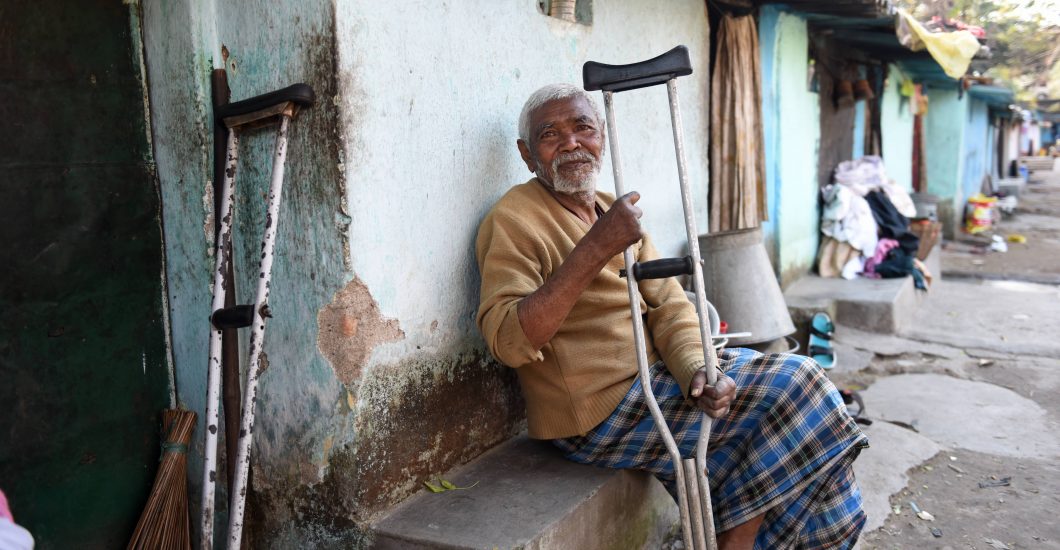On the road until no leprosy remains
Work is taking place across the globe to place leprosy where it belongs – in the history books.


A worldwide concern
Leprosy still prevails predominantly in countries in Asia, South America and Africa. For example India, Indonesia and Brazil account for around 80% of all leprosy diagnoses – making this curable disease a worldwide problem that needs a global approach towards elimination, says Medeiros da Rocha.
People need to be heard and involved so they can become part of the solution.
For the past 50 years, NLR has positioned itself as a major change-maker in the fight against leprosy – a condition caused by slow-growing bacteria that mainly affect the nerves, skin, eyes and lining of the nose. Today, it focusses efforts in three main strategies:
- Zero transmission: reduced incidence through early diagnosis and integrated preventive treatment strategies.
- Zero disability: reduce physical impairments and improve mental wellbeing.
- Zero exclusion: fighting stigma and lobbying for the full inclusion in society of persons affected by leprosy.
Tackling stigma
Lack of awareness and knowledge on leprosy that leads to stigma is a key reason why leprosy remains hidden, causing persons affected unnecessary hardship and social exclusion. Therefore, a key tenet of the organisations work is to empower persons affected by leprosy and work on capacity building at all levels. Two examples are knowledge platforms, infolep and infoNTD, that NLR developed together with partners. Increased knowledge contributes to patients being diagnosed and treated timely and to people living with the consequences of the disease being reached with mental and practical support to reduce disability and promote economic and societal activity.
Medeiros da Rocha says: “Leprosy and other NTDs are complex diseases and to find effective solutions, we need to think about more than targets. People need to be heard and involved so they can become part of the solution.”